Optimal Timing for Stamped Concrete
Timing is essential for achieving optimal results with stamped concrete. The most suitable periods are during mild weather conditions when temperatures are consistently between 50°F and 85°F. These conditions allow the concrete to cure properly and enable the stamping process to be executed without issues caused by extreme heat or cold.
Spring and early fall are generally considered ideal seasons for stamped concrete projects. During these times, temperature fluctuations are minimal, and there is less chance of rain disrupting the installation process. Proper timing ensures the durability and aesthetic quality of the stamped surface, reducing the risk of cracking or surface defects.
Spring offers moderate temperatures and longer daylight hours, making it suitable for stamped concrete work. Early spring projects benefit from less humidity and ideal curing conditions.
Fall provides cooler temperatures that help in proper curing. Planning for fall installation ensures the concrete sets correctly before winter.
High summer heat can cause rapid evaporation, leading to cracks, while winter cold can hinder curing. Scheduling during mild months minimizes these risks.
Local climate patterns influence timing; in Salem, OR, spring and fall are preferred for consistent weather conditions.
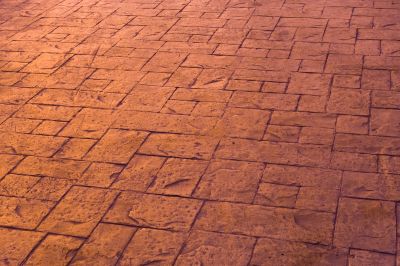
A freshly stamped concrete driveway showcasing intricate patterns.

Concrete being stamped during mild spring weather.
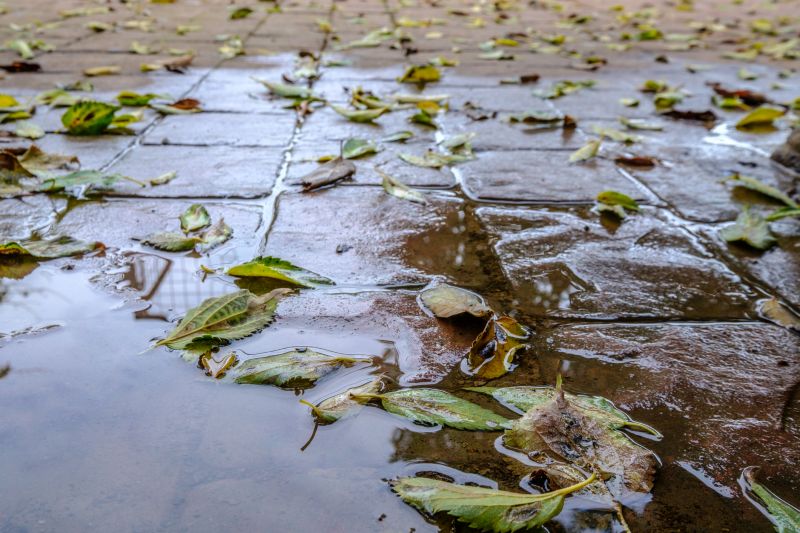
Proper curing techniques during fall to ensure durability.

Close-up of a decorative stamped concrete patio.
| Season | Advantages |
|---|---|
| Spring | Moderate temperatures, longer days, ideal curing conditions. |
| Summer | Potential for quick setting, but risk of rapid evaporation. |
| Fall | Cooler weather, less humidity, good for curing. |
| Winter | Generally unsuitable due to freezing temperatures and moisture. |
Understanding the optimal timing for stamped concrete ensures the longevity and aesthetic appeal of the finished surface. Proper scheduling during favorable weather conditions minimizes potential issues such as cracking, surface imperfections, and uneven curing. Planning ahead for suitable seasons helps achieve the desired decorative effects and ensures the durability of the installation.

An ornamental stamped concrete patio with multiple patterns.
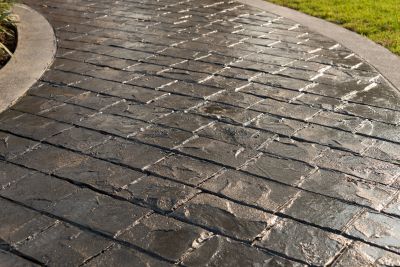
Concrete being stamped during optimal weather conditions.
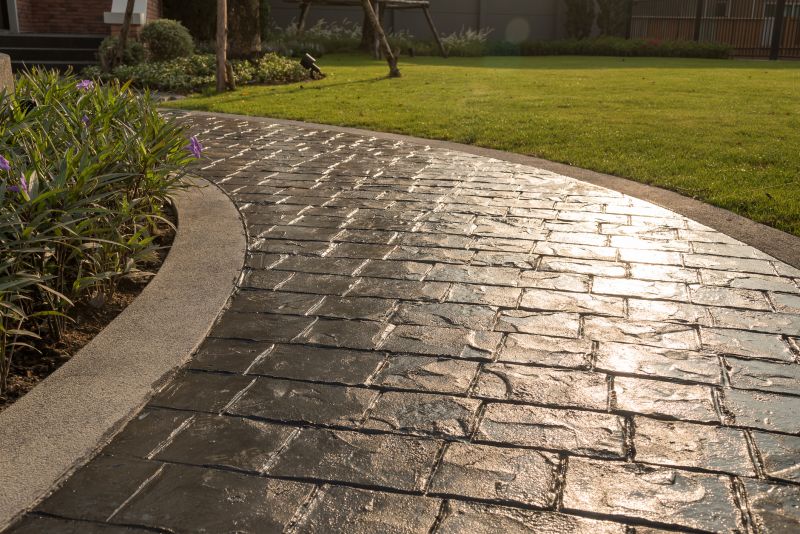
A vibrant stamped concrete walkway in Salem.
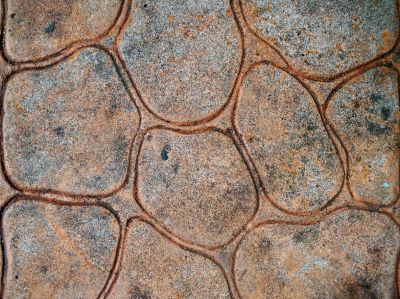
Popular materials for Stamped Concrete Service and why they hold up over time.

Simple add-ons that improve Stamped Concrete Service without blowing the budget.
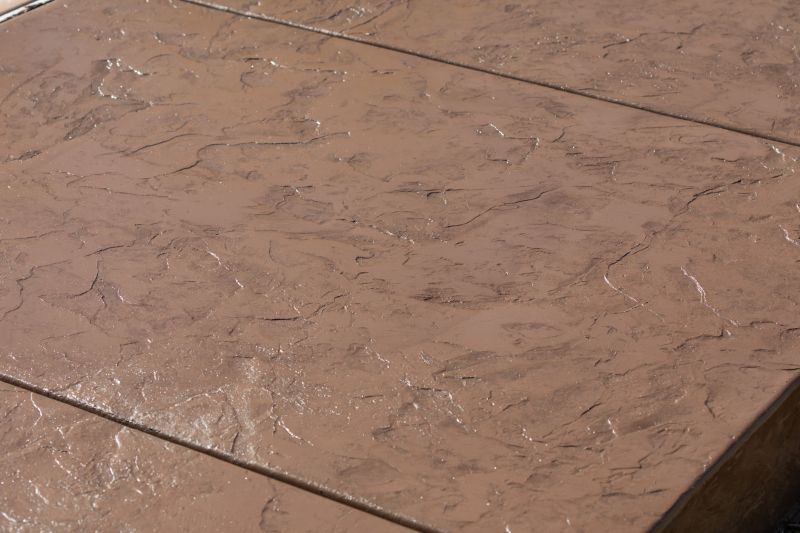
High-end options that actually feel worth it for Stamped Concrete Service.

Finishes and colors that play nicely with Stamped Concrete Service.

Little measurements that prevent headaches on Stamped Concrete Service day.
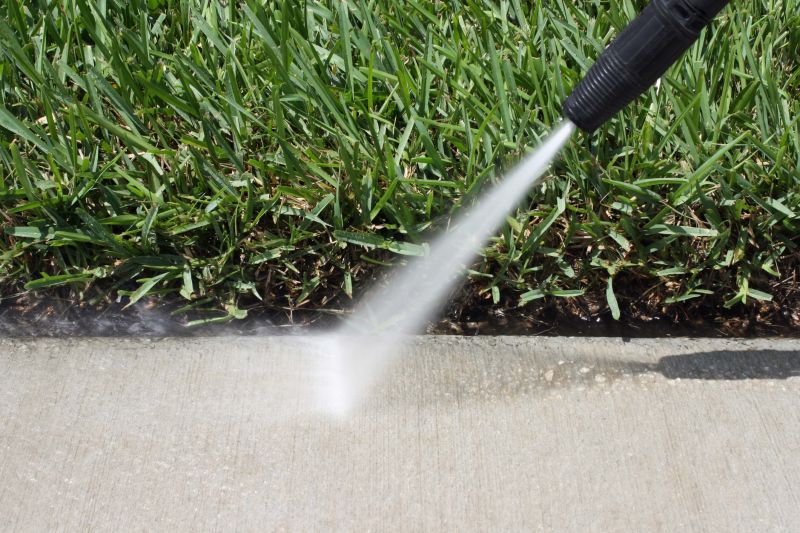
A 60-second routine that keeps Stamped Concrete Service looking new.
For those interested in stamped concrete services, scheduling during the right season can significantly impact the quality and appearance of the finished project. Proper timing, combined with professional installation, ensures a durable and visually appealing surface that enhances property value and aesthetic appeal.
